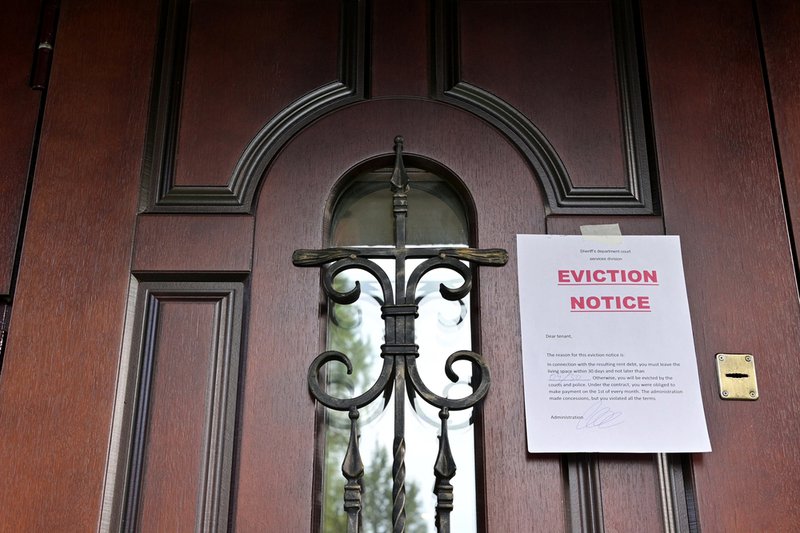The Black Hole at the Heart of the Eviction Crisis
Article/Op-Ed in The New York Times

Slava Dumchev / Shutterstock.com
Jan. 28, 2021
Yuliya Panfil and Peter Hepburn, lead for the Eviction Tracking System at the Eviction Lab, wrote for The New York Times on how a national eviction database can help better target rent relief amid COVID-19.
Recent research from New America, a Washington-based think tank, found that one-third of U.S. counties have no available annual eviction figures. Entire states, as well as vast swaths of others, lack eviction data crucial to answering basic questions: How many households are evicted each year? Why are those people being evicted? How much back rent is due in these cases? Which neighborhoods are hardest hit?
Absent reliable, consistent data, the Biden administration and state and local governments will be flying blind this year — with billions of dollars more in rent relief to distribute, but few ways of tracking and aiding communities most at risk of eviction and homelessness.
Extending the federal eviction moratorium is a temporary, incomplete fix: The hardest-hit families could be more than a year behind on rent by the time protections are lifted, potentially saddling millions of people with debts impossible to repay without targeted rental assistance. In December, analysts at Moody’s, working with the thin public information that’s available, estimated that almost 12 million renters would owe an average of $5,850 in back rent and utilities this January. There isn’t a system that allows us to efficiently target this subsection of people. We already know that a lack of data contributed to widespread problems in disbursing CARES Act housing assistance funds.
The solution? In the coming months, the government needs to create a federal eviction database to help track and address housing insecurity.
Read more on why the Biden administration should establish an eviction database, and how, here.